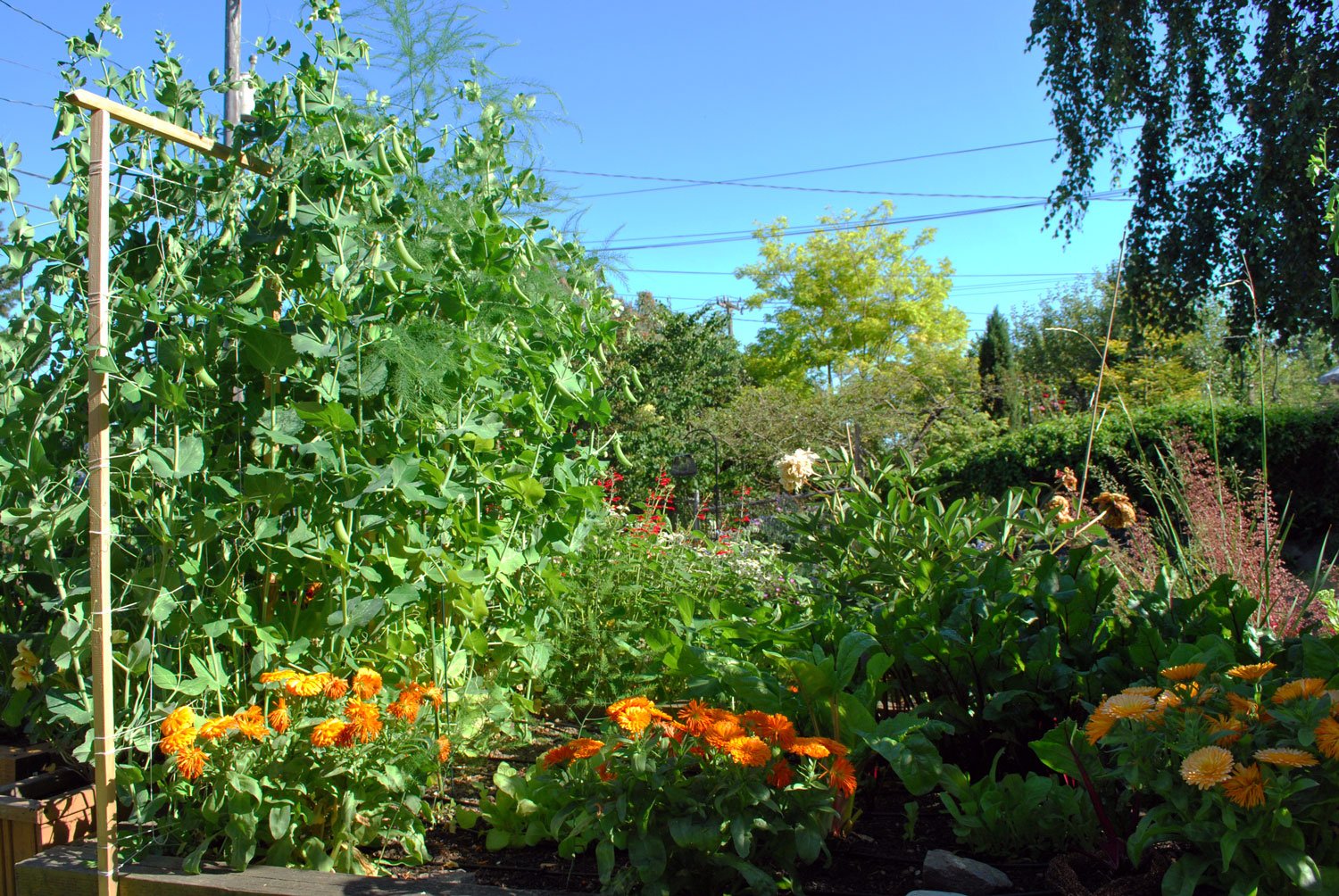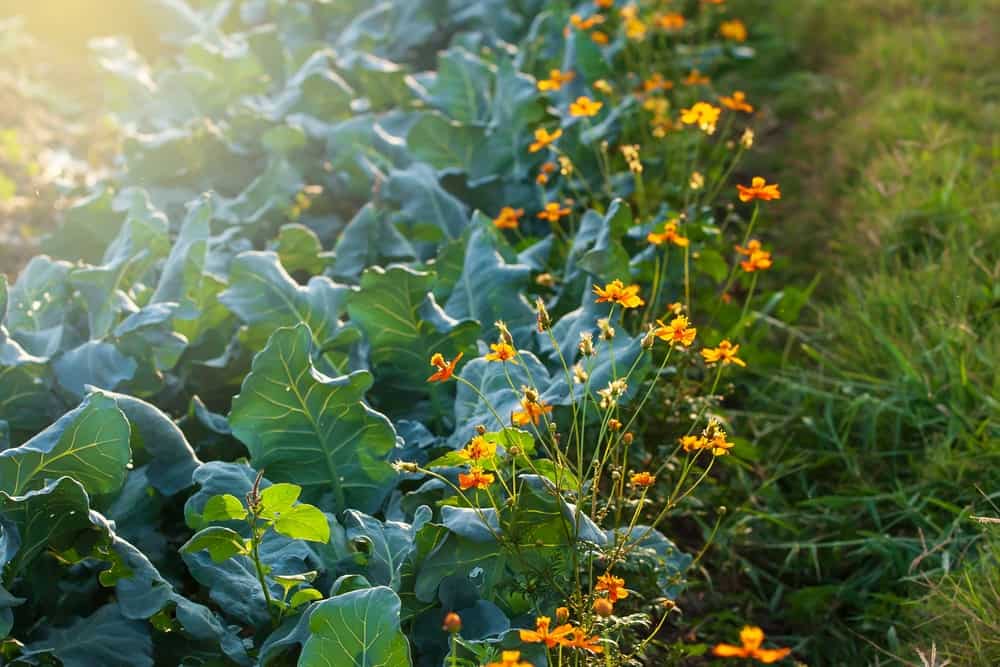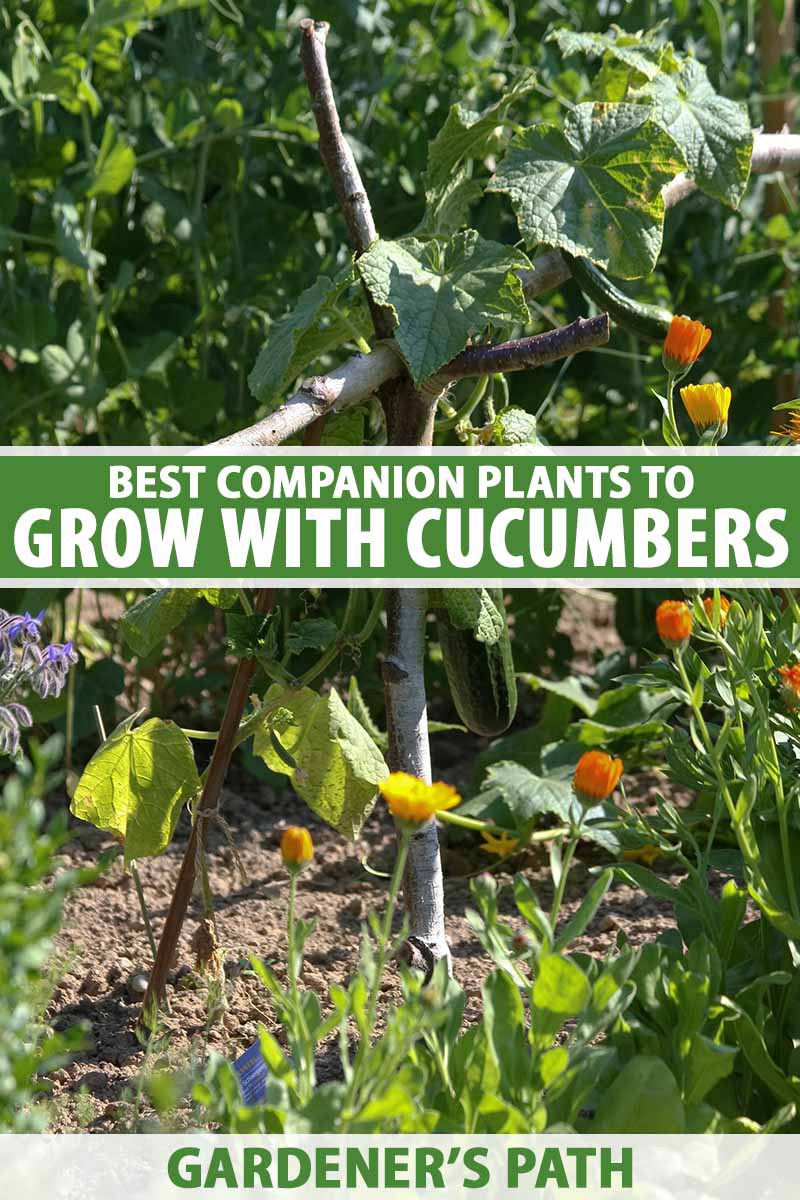Calendula Companion Plants: The Best Plants To Grow With Calendula For A Healthy Thriving Garden
Calendula, also known as pot marigold, is a beautiful and versatile annual flower that can be grown in a variety of gardens. It is known for its bright yellow, orange, or bicolor flowers, as well as its medicinal properties. In addition to being attractive and useful, calendula is also a great companion plant for other vegetables and flowers.
Companion planting is the practice of planting certain plants together to benefit each other. When plants are compatible, they can help to improve each other's growth, deter pests, and attract beneficial insects. Calendula is a great companion plant for a variety of vegetables and flowers, including:
- Asparagus: Calendula helps to repel asparagus beetles, which can damage asparagus plants.
- Beans: Calendula attracts beneficial insects that prey on aphids, which can be a problem for beans.
- Broccoli: Calendula helps to deter cabbage moths, which can damage broccoli plants.
- Carrots: Calendula helps to improve the flavor of carrots.
- Cucumbers: Calendula helps to attract pollinators, which are essential for cucumber pollination.
- Potatoes: Calendula helps to repel nematodes, which can damage potato plants.
- Pumpkins: Calendula helps to attract pollinators, which are essential for pumpkin pollination.
- Tomatoes: Calendula helps to deter tomato hornworms, which can damage tomato plants.
In addition to these vegetables, calendula can also be planted with a variety of flowers, including:
- Asters: Calendula and asters both attract beneficial insects, so they make good companion plants.
- Coreopsis: Calendula and coreopsis both have similar growing requirements, so they can be planted together to save space.
- Lavender: Calendula and lavender both have strong scents that can deter pests, so they make good companion plants.
- Marigolds: Calendula and marigolds are both members of the daisy family, so they make good companion plants.
- Roses: Calendula helps to deter pests that can damage roses, so it is a good companion plant for roses.
Calendula is a relatively easy plant to grow, and it does not require a lot of care. It prefers full sun and well-drained soil, and it is tolerant of a variety of soil types. Calendula can be started from seed or from transplants, and it will typically bloom from early summer to late fall.
If you are looking for a way to improve the health and productivity of your garden, consider planting calendula as a companion plant. Calendula is a beautiful and versatile plant that can benefit a variety of other plants.
Calendula is a versatile plant that can be used in many different ways. It is also a great companion plant for a variety of other plants. Some of the best companion plants for calendula include:
- Asparagus: Calendula helps to repel asparagus beetles.
- Beans: Calendula attracts beneficial insects that help to control aphids.
- Broccoli: Calendula helps to protect broccoli from pests and diseases.
- Carrots: Calendula helps to deter carrot flies.
- Cucumbers: Calendula helps to attract pollinators that help to pollinate cucumbers.
- Potatoes: Calendula helps to repel nematodes.
- Pumpkins: Calendula helps to attract pollinators that help to pollinate pumpkins.
- Tomatoes: Calendula helps to repel tomato hornworms.
For more information about calendula companion plants, please visit Garden Wiki.
FAQ of calendula companion plants
- What are some good companion plants for calendula?
Some good companion plants for calendula include:
* Cucumbers: Calendula helps to repel cucumber beetles and other pests.
* Tomatoes: Calendula helps to attract pollinators and improve the taste of tomatoes.
* Peas: Calendula helps to improve the growth of peas and deter pests.
* Carrots: Calendula helps to repel carrot flies and improve the flavor of carrots.
* Asparagus: Calendula helps to improve the growth of asparagus and deter pests.
* Spring salad vegetables: Calendula helps to attract pollinators and improve the flavor of spring salad vegetables.
- What are some benefits of companion planting calendula?
There are many benefits to companion planting calendula, including:
* Attracting pollinators: Calendula is a magnet for pollinators, such as bees and butterflies. This can help to improve the pollination of other plants in your garden.
* Reducing pests: Calendula can help to repel pests, such as cucumber beetles, carrot flies, and aphids.
* Improving soil quality: Calendula is a nitrogen-fixing plant, which means that it can help to improve the nitrogen content of the soil.
* Disease resistance: Calendula has some resistance to diseases, such as powdery mildew. This can help to protect other plants in your garden from disease.
- How far apart should I plant calendula companion plants?
The distance between calendula companion plants will vary depending on the size of the plants. However, as a general rule of thumb, you should plant calendula plants about 8 to 12 inches apart.
- When should I plant calendula companion plants?
You can plant calendula companion plants in the spring or fall. However, if you live in a cold climate, you may want to start the plants indoors a few weeks before the last frost.
- How do I care for calendula companion plants?
Calendula companion plants are relatively easy to care for. They need full sun and well-drained soil. You should water them regularly, especially during hot, dry weather.
Image of calendula companion plants
- Asparagus: Calendula helps to repel asparagus beetles.

- Beans: Calendula attracts pollinators, which help to pollinate the beans.

- Broccoli: Calendula helps to deter pests such as cabbage moths and aphids.

- Brussels sprouts: Calendula helps to repel cabbage moths and aphids.

- Carrots: Calendula helps to repel carrot root flies.

- Cucumbers: Calendula helps to deter pests such as cucumber beetles and squash bugs.

- Potatoes: Calendula helps to repel potato beetles.

- Pumpkins: Calendula helps to attract pollinators, which help to pollinate the pumpkins.
- Tomatoes: Calendula helps to deter pests such as tomato hornworms and whiteflies.

Post a Comment for "Calendula Companion Plants: The Best Plants To Grow With Calendula For A Healthy Thriving Garden"